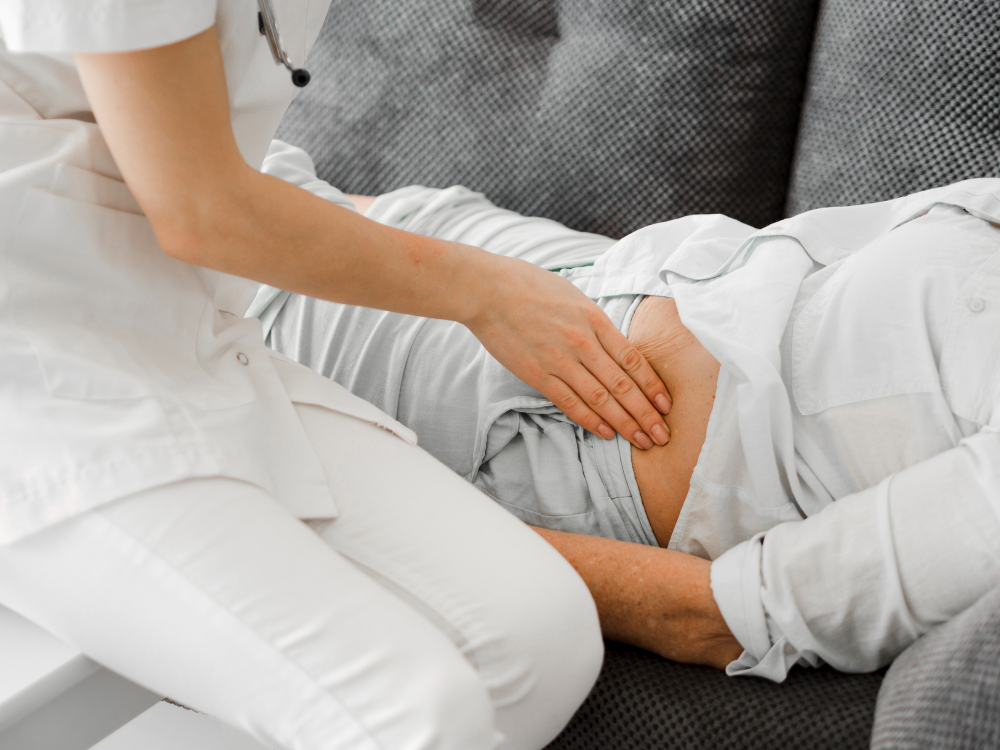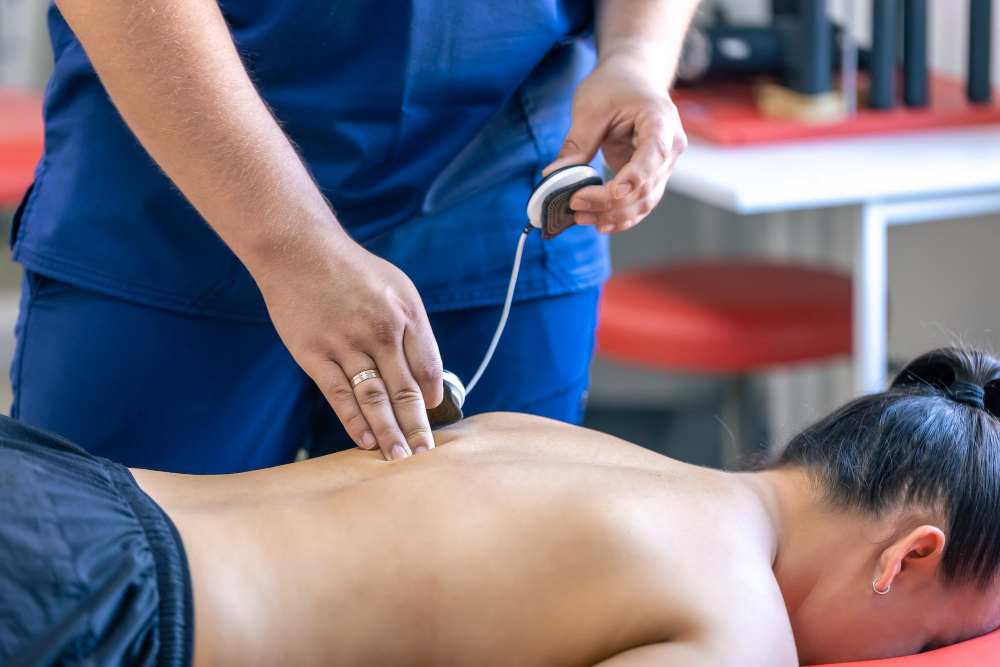Back pain in children is a common occurrence. Years ago, it was seen as a rare, and often potentially serious condition. Today, doctors are less worried about adolescent back issues. By the age of fifteen, around 25% of children will have experienced some form of back pain. In most cases there will be no serious underlying condition, although in children under the age of five, things can be more serious.
Causes of back pain in children
As with adults, there are multiple causes of back pain.The most common cause of back pain is muscular strain, either from an injury, repetitive action, or overuse. Slamming into a goal post whilst playing football or falling off a skateboard spring to mind. Less active children can succumb to back problems too, with posture issues arising from repeated long gaming sessions, for example. Obesity is another factor increasingly causing problems. It is important not to simply dismiss back issues as ‘growing pains’.
When to worry?
It is completely natural for parents to be concerned about their children’s welfare, and seeing a child in pain causes considerable angst. There are some common warning signs that might point to a more serious injury:
- Pain, numbness (pins and needles) or weakness extending into their legs.
- Pain in very young children (Younger than seven and particularly those younger than three)
- Pain that is causing sleep problems
- Pain that lasts for more than two weeks
- Pain that is accompanied by other symptoms (fever, weight loss, bladder issues)
- Constant pain
These symptoms do not necessarily mean there is a more serious injury, however they may point to a greater problem. In any case, if you are concerned about your child’s back pain, you should seek medical advice from you GP or via the NHS help line.
6 types of back pain
The causes of back pain in younger children or adolescents can be grouped into six areas. Knowing which group the issues lie in is useful when considering options for treatment.

1. Muscular
Muscular back issues are the most common. These can arise from ligament and muscle strains, poor posture, muscle overuse or just general poor conditioning. As in adults, muscular back pain can often be addressed by rest and adapting the behaviour that caused the original issue. Physiotherapy and osteopathy for children can also offer relief.
2. Stress fractures of the spine
Stress fractures, or Spondylolysis, are most common in teenage children. They can be caused by sports that repeatedly twist or hyperextend the spine. Gymnastics, field athletics events, diving, and football are common sources of such injury. These issues can be exacerbated if the child is having growth spurts. The associated pain is often mild and may radiate to the glutes or legs, feeling worse with activity and better with rest. Sometimes the child will struggle walking and only be able to take short steps. Treatment is usually non-surgical in the first instance.
3. Disc problems and slipped vertebra
Disc herniation of the spine, or spondylolisthesis, occurs when the soft cushion between two vertebrae is ruptured.The disc material is forced out of its normal space and then pushes against the nerves and spinal cord. Symptoms can include numbness, tingling or leg weakness. The child may have difficulty bending or straightening their back. As with stress fractures, treatment is usually non-surgical in the first instance.Clearly if you believe your child has a disc problem, you should seek the appropriate medical advice.
4. Infection
As well as physical damage, the spine’s bone and discs can become infected. Such infections are most prevalent in young children, although older children can be affected too. Discitis often has symptoms which are difficult to diagnose, low-grade fevers, general back pain, or general tiredness and fatigue. Blood tests can give a clue to such an infection, with scans used to confirm the diagnosis. Treatment usually involves antibiotics, with surgery only required in severe cases.
5. Alignment issues
Minor spinal alignment issues in a child are not uncommon, however they are not usually the cause of pain or discomfort. The two most common alignment issues are Scoliosis (an ‘s’ shaped spine when viewed from behind) and Scheuermann’s kyphosis (a rounded spine, when viewed from the side). X-ray imaging is used to determine the severity of such abnormalities, with treatment ranging from observation, through wearing of a brace, with surgery reserved for the most severe cases only.
6. Tumour
Spinal tumours such as osteoid osteoma, are thankfully very rare in children. Tumours can be benign or malignant, and are not necessarily accompanied by pain. Symptoms can include weight loss or the pain being more present at night. Imaging and scans can be used to detect the tumour with surgery and radiotherapy being possible treatments.
What to do next
Back pain in children is not uncommon, and in most cases the treatment will be simple and effective. If your child is suffering from back pain and you are concerned, you should seek advice from your doctor or from the NHS helpline. With the correct diagnosis and treatment, the vast majority of child and adolescent back problems can be dealt with quickly and effectively, with no recurrence. Specialist physiotherapy and osteopathy for children are an effective way to minimise the disruption and pain that such injuries can cause.
If your child is complaining of back pain and would like to speak to one of our expert practitioners, please drop us an email or give one of our clinics a call.





